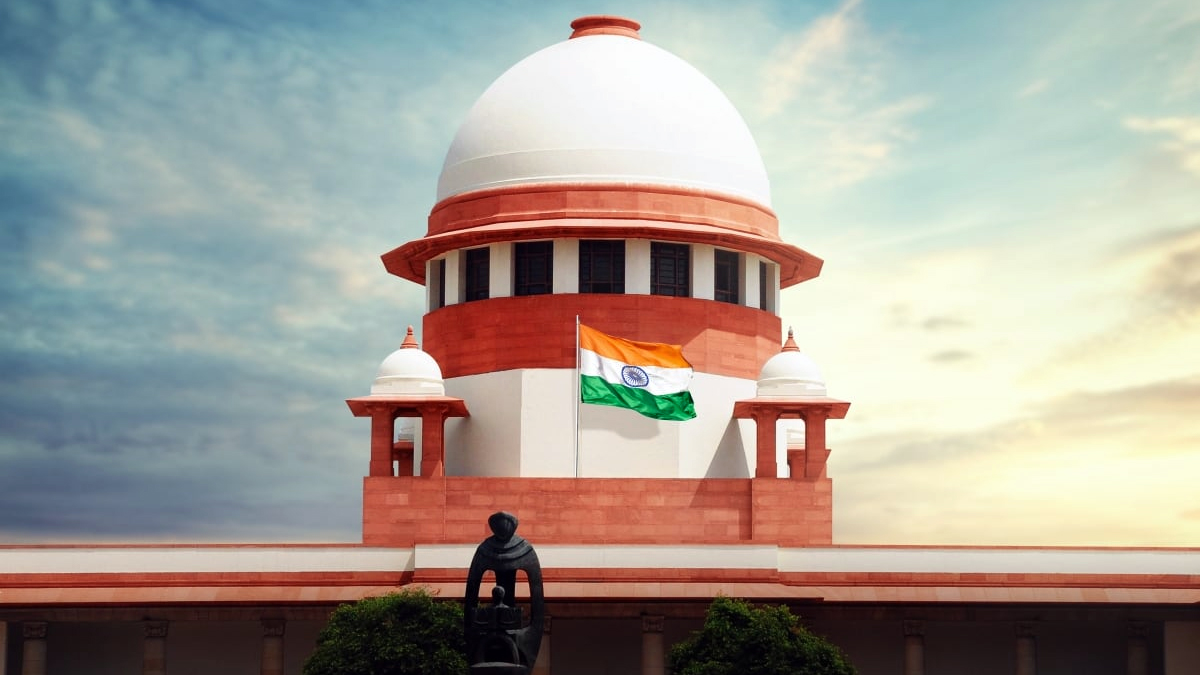
Supreme Court: Child’s legitimacy determines paternity, valid marriage ensures legitimacy.
Last Updated on January 28, 2025 by NewsDesk SLC
Today (January 28) the Supreme Court reaffirmed that the legitimacy of the child determines paternity and emphasizes that the child born during a valid marriage is considered to be the legitimate descendants of the parents who had access to each other during the concept.
The court rejected the argument that legitimacy and paternity were various deadlines requiring an independent decision. He believed that legitimacy and paternity were connected according to their nature, because the legitimacy of the child directly determined paternity.
The court explained that if it is proven that the couple had access to each other at the time of the child, the child is considered legitimate and therefore determines paternal paternity. Section 112 of the Evidence Act assumes the paternity of the spouse during marriage; Evidence of legitimacy prevents unfounded issues of parenting and illegitimacy.
The Surya Kant and Ujjjjj Buyan rejected a civic suit looking for a statement of paternity and observed the assumption of legitimacy under section 112 of the Indian Evidence Act in favor of the RK. Despite the concurrent finding of several courts, which according to section 112 is governed by legitimacy, the family court revived Section 125 Cr.P.C. Maintenance of the opponent against the petitioner who was stopped earlier. After approval of the Supreme Court on the revival of section 125 Cr.P.C.
The petitioner appealed to him to the Supreme Court. The petitioner claimed that the action for maintenance according to section 125 Cr.P.C. He cannot be maintained against him because he and his mother have never been and had no approach to her during the concept of the respondent. He also claimed that the DNA test could not be carried out because strong prima facies were made by a case that showed access between spouses.
The opponent claimed that legitimacy and paternity were various concepts and evidence of the child’s legitimacy could not prove the paternity of the spouses. The Supreme Court rejected the opponent’s claim that paternity and legitimacy were various concepts.
The court ruled that if a child was born from a marriage during a living marriage, it is assumed that it is a legitimate child under section 112 of the Evidence Act and the child’s parents will achieve their paternity. The court emphasized the legal principle that legitimacy took over paternity unless it is convincingly refuted by a demonstration of unavailability among spouses.
The court ruled that even if the petitioner and RK had the current approach to the opponent’s mother, it would not be enough to establish a petitioner as a biological father of the opponent when the access between RK and the mother of the opponent is proven. The Court explained that the approach of “additional” or “multiple” does not automatically increase the approach between spouses and does not prove its approach.




